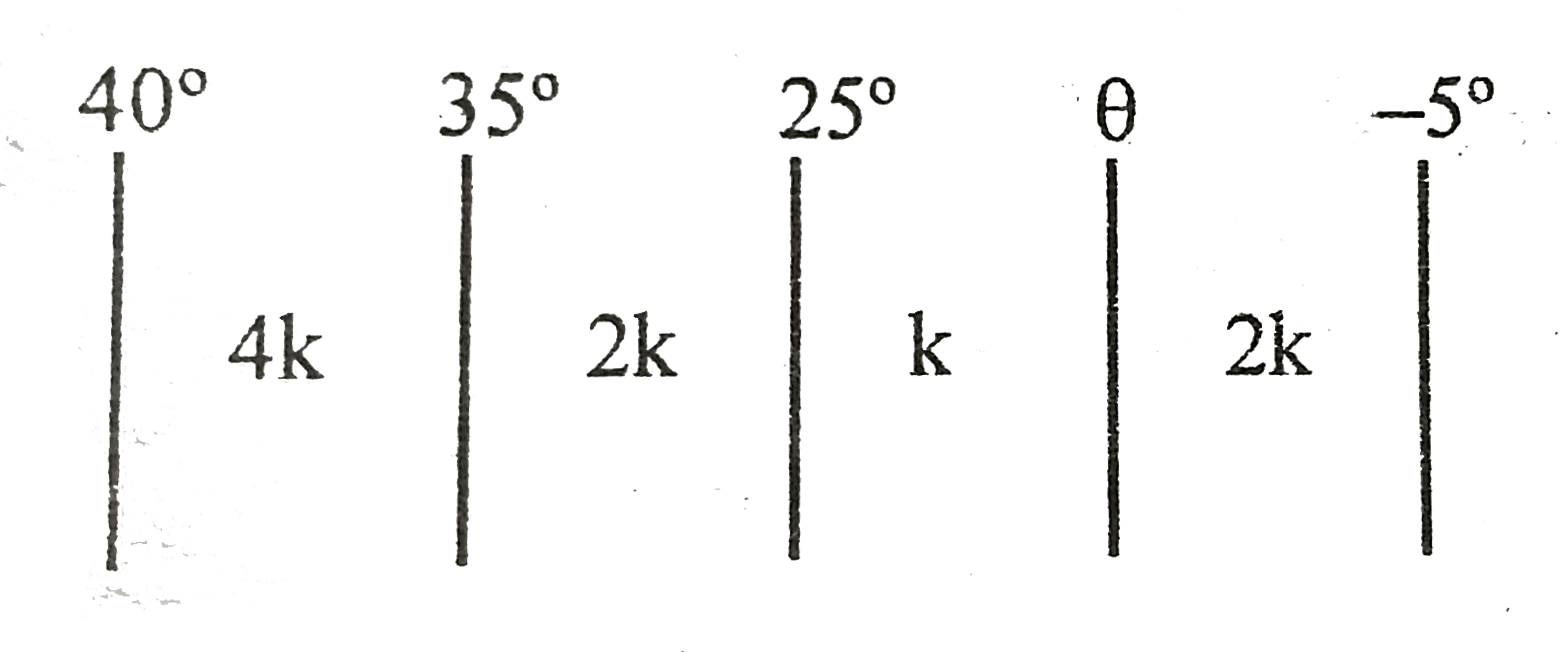STATEMENT-1: The thermal conductivity of a rectangular slab of a material can be defined only under steady-state conditions, i.e, when the temperatures of the end faces do not changes with time.
STATEMENT-2: The rate of conduction of heat through a reactangular slab is proportional to the difference in temperature between its end faces.
Statement-1 is True, Statement-2 is True, Statement-2 is a correct explanation, for Statement-1.
Statement-1 is True, Statement-2 is True, Statement-2 is not a correct explanation for Statement-1.
Statement-1 is True, Statement-2 is False.
Statement-1 is a False, Statement-2 is True.
The correct Answer is:D
Step by step video, text & image solution for STATEMENT-1: The thermal conductivity of a rectangular slab of a material can be defined only under steady-state conditions, i.e, when the temperatures of the end faces do not changes with time. STATEMENT-2: The rate of conduction of heat through a reactangular slab is proportional to the difference in temperature between its end faces. by Physics experts to help you in doubts & scoring excellent marks in Class 12 exams.
Updated on:21/07/2023Topper's Solved these Questions
Similar Questions
The figure shows the face and interface temperature of a composite slab containing of four layers of two materials having identical thickness. Under steady state condition, find the value of temperature θ.
_E01_247_Q01.png)
View SolutionThe figure shows the face and interface temperature of a composite slab containing of four layers of three materials having indentical thickness. Under steady state condition, find the value of temperture θ.

View Solution
Knowledge Check
The rate of flow of heat through a metal bar of area of cross-section 1 m2 when temperature gradient is 1∘C/m under steady state is called
Athermal resistanceBthermal conductivityCdiffusibilityDresistivityThe ends of a metal rod are kept at temperature θ1andθ2 with θ2>θ1. At steady state the rate of flow of heat along the rod is directly proportional to
Athe length of the rodBthe diameter of the rodCthe cross-sectional area of the rodDthe temperature difference (θ2−θ1) between the ends of the rodWhich of the following rods made of same material will conduct more heat in given time when their ends are maintained at the same temperature difference .
Al=1m,r=1cmBl=2m,r=2cmCl=3m,r=1cmDl=100cm,r=2cm
The ratio of the areas of cross-section of two rods of different materials is 1:2, and the ratio of the thermal conductivities of their materials is 4:3. On keeping equal temperature-difference between the ends of these rods, the rate of conduction of heat are equal. Determine the ratio of the lengths of the rods.
View SolutionThe ratio of the areas of cross section of two rods of different materials is 1:2 and the ratio of ther themal conductivities of their mateirals is 4: 3. On keeping equal temperature difference between the ends of theserods, the rate of conduction of heat are equal. The ratio of the lengths of the rods is
View SolutionA parallel-sided slab is made of two different materials. The upper half of the slab is made of material X, of thermal conductivity λ, the lower half is made of material Y, of thermal conductivity 2λ. In the steady state, the left hand face of the composite slab is at a higher, uniform temperature than the right-hand face, and the flow of heat through the slab is parallel to its shortest sides. What fraction of the total heat flow through the slab passes through material X ?
View SolutionThe outer faces of a rectangular slab made of equal thickness of iron and brass are maintained at 100∘C and 0∘C respectively. The temperature at the interface is (Thermal conductivity of iron and brass are 0.2 and 0.3 respectively)
View SolutionThe heat is flowing through two cylinderical rods of same material. The diameters of the rods are in the ratio 1:2 and their lengths are in the ratio 2:1. If the temperature difference between their ends is the same, the ratio of rates of flow of heat through them will be
View Solution

